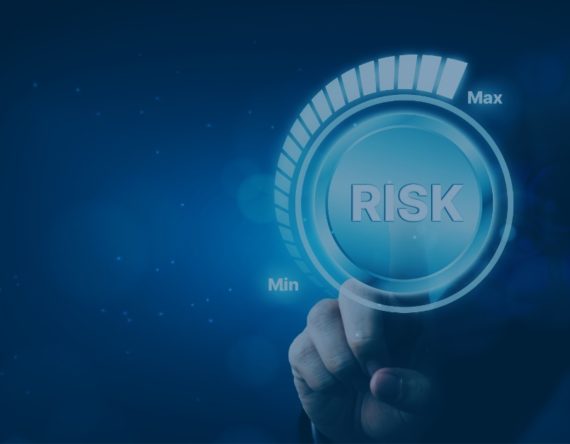Navigating the dynamic landscape of insider risk management requires a nuanced understanding of organisational dynamics, culture and regulatory imperatives. The costs (both direct and indirect) of getting it wrong are high, with potential financial losses, loss of IP, reputational damage, and decreased investor confidence. By adopting proactive strategies grounded in transparency, accountability, and trust, organisations can navigate the complexities of insider risk management while fostering high performance, high trust and resilient cultures.
The Key to Risk Management Success
In the ever-evolving landscape of corporate governance and risk management, insider threats pose tough challenges for organisations striving to maintain integrity and safeguard sensitive data and their “crown jewels”.
At the heart of any successful risk management endeavour lies the imperative of securing buy-in from organisational stakeholders, particularly senior leadership. The key to garnering support lies in framing insider risk management initiatives within the broader context of organisational safety and asset protection. By emphasising the paramount importance of prioritising the well-being of individuals and safeguarding critical data assets, organisations can cultivate a narrative that resonates with senior leadership and engenders a collective commitment to proactive risk mitigation.
Sustaining Program Traction
While securing buy-in represents a crucial first step, sustaining program traction across diverse organisational sectors and cultural contexts presents its own set of challenges. Flexibility in communication styles, using tailored approaches that resonate with different audiences and maintaining standardised responses to risks, while accommodating local sensitivities is essential for fostering trust and consistency in program implementation. The ability to flexibly adapt one’s approach and engage stakeholders effectively lies at the heart of ensuring program traction in dynamic organisational environments.
Navigating the Compliance and Ethics Tightrope
Insider risk programs must align with organisational culture to be effective. In an increasingly globalised business landscape, cultural nuances play a pivotal role in shaping responses to insider risk management initiatives. It is key to align these efforts with broader organisational values and goals to foster resonance and a cohesive approach across diverse cultural contexts. Furthermore, creating environments where employees feel empowered to speak up without fear of reprisal is a linchpin for fostering a culture of transparency and accountability.
The intersection of compliance, ethics, and insider risk management represents a delicate balancing act for organisations seeking to uphold integrity while mitigating operational risks. Transparency, proportionality, and collaboration across various organisational functions is a fundamental principle in guiding effective risk management practices. By building a high-trust environment where employees can freely raise concerns and prioritising consequence management, organisations can navigate tensions between compliance imperatives and ethical considerations while fostering a culture of integrity and accountability.
Striking the Right Balance
Proportionality is key in the delicate balancing act between intrusion and freedom within organisational ecosystems. Open and transparent communication can alleviate concerns about monitoring when implementing additional controls and risk management practices. But it is fundamental that organisations keep the key role of line managers front and centre in their response. The best detectors of potential insiders are other people. Ensuring that line managers have a clear and shared understanding of what constitutes “red flags” (worrying signs) is a cornerstone of any proportionate response. This will help escalate and collate red flags and ensure appropriate interventions are made.
As organisations grapple with the complexities of remote workforces and the increasing prevalence of insider threats in all their guises, proactive measures and data-driven insights emerge as indispensable tools for mitigating risks and safeguarding organisational integrity. Furthermore, leveraging storytelling and training can be used as an effective tool for raising awareness about insider risks and promoting ethical behaviour.
The Road Ahead
As organisations confront evolving threats and regulatory landscapes, continuous dialogue, collaboration, and knowledge-sharing among industry peers and experts will be paramount. By remaining vigilant, proactive, and responsive to emerging risks, organisations can adapt and strengthen their insider risk management practices to safeguard their assets and reputation in an increasingly complex and interconnected world. Emphasising organisational buy-in, accountability, and a supportive culture of trust and transparency is crucial. This holistic approach will help organisations navigate the complexities of modern risks whilst protecting their assets.








